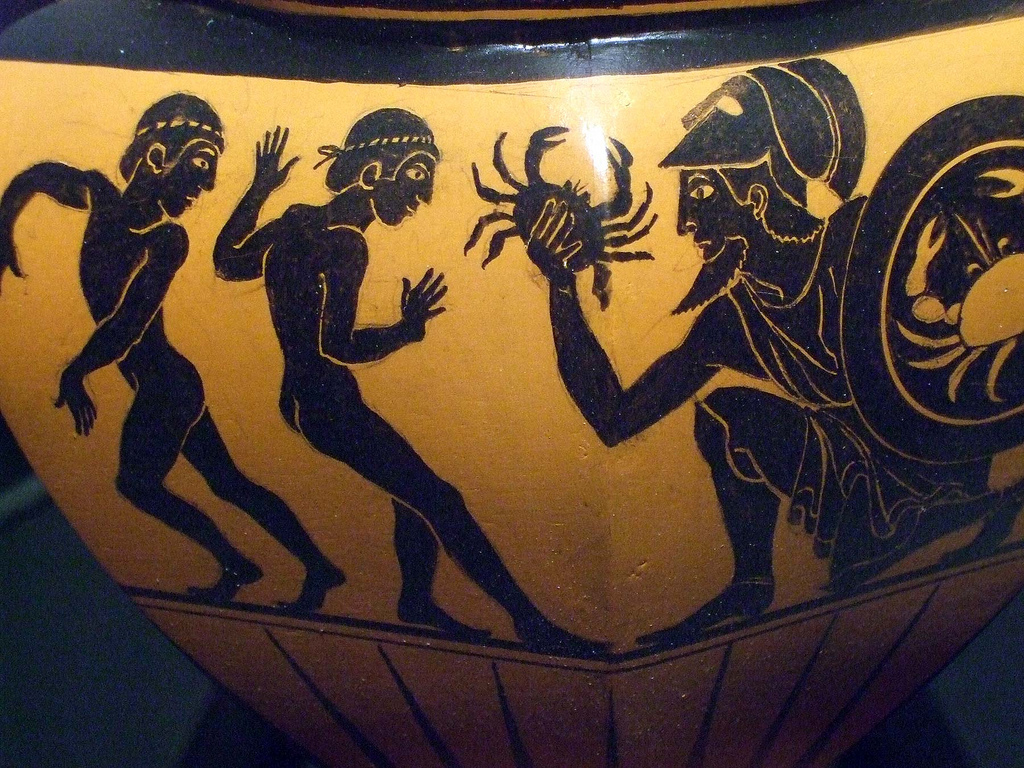There’s a lot of magic involved in Santa Claus’s annual journey around the world. Delivering presents to that many households can’t be done without it. But there’s also quite a bit of math. And I’m thrilled that Santa agreed to
Math at Work Monday: Santa Claus











